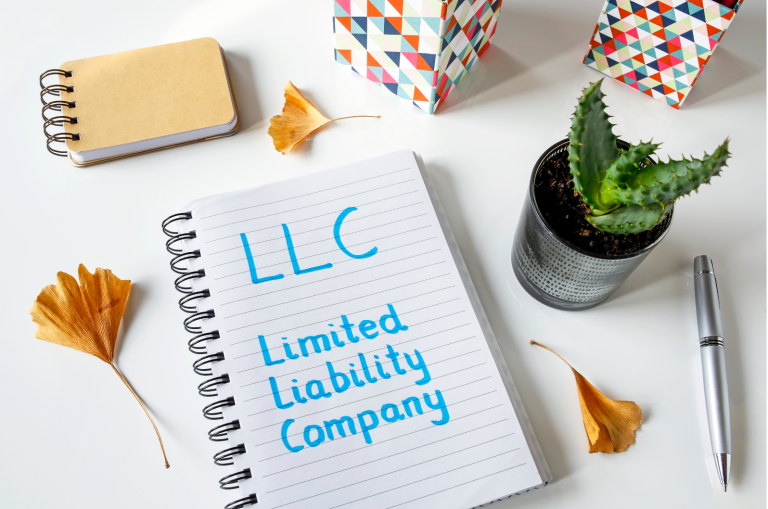The demand for flexible and effective education methods has given rise to hybrid courses, a revolutionary way to combine the best of both worlds: online flexibility and live engagement. Hybrid education is gaining traction as students and educators alike recognize its potential to deliver quality learning experiences. But what exactly are hybrid courses, and how can they benefit you? In this blog, we will dive deeper into the world of blended learning courses.
What Are Hybrid Courses?

A hybrid course, also known as a blended learning course, merges traditional face-to-face classroom instruction with online learning components. These courses use virtual learning platforms to facilitate asynchronous class activities like pre-recorded lectures, assignments, and discussions, alongside scheduled live sessions that foster interaction and engagement. This dual approach makes hybrid courses ideal for learners seeking both flexibility and real-time connection. If you are thinking of venturing into this business, Course Creation Services is for you. Let’s talk.
Unlike fully online programs, hybrid education allows students to experience the social and interactive benefits of live engagement while taking advantage of the convenience offered by online learning.
Key Features of Hybrid Courses
1. Blended Learning Format
Hybrid courses offer a mix of in-person and online learning, balancing the strengths of each method. Virtual learning platforms play a crucial role in enabling students to access course materials, participate in discussions, and complete assignments at their own pace.
2. Flexibility
One of the primary benefits of online learning is its flexibility. Students can work through asynchronous class activities according to their schedules, making it easier to balance education with other responsibilities like work or family.
3. Live Engagement
Scheduled in-person or virtual sessions provide opportunities for live interaction with instructors and peers. These sessions often include Q&A discussions, group work, or lectures, fostering a sense of community and collaboration. Schedule a consultation to get help with this.
4. Personalized Learning Experiences
Hybrid education can be tailored to individual needs, offering students the opportunity to revisit recorded materials, engage in one-on-one interactions with instructors, or collaborate in small groups.
Benefits of Hybrid Courses
1. Improved Learning Outcomes
By combining the structure of traditional classes with the flexibility of virtual learning platforms, hybrid courses often lead to better academic performance. The ability to review materials and engage in meaningful discussions helps reinforce concepts.
2. Accessibility
Hybrid courses make education accessible to a broader audience. Students in remote locations, working professionals, and individuals with disabilities benefit from the convenience and adaptability of blended learning courses.
3. Cost-Effectiveness
While tuition fees for hybrid courses vary, they often reduce costs related to commuting, housing, and physical resources. Institutions also save money by leveraging digital tools.
4. Enhanced Time Management
The mix of synchronous and asynchronous components encourages students to develop time management skills. With pre-scheduled deadlines and live sessions, learners can create a structured yet adaptable routine.
5. Real-World Skill Development
Hybrid education promotes the development of valuable skills, such as digital literacy, collaboration, and self-discipline—skills essential for success in today’s workforce.
How to Succeed in a Hybrid Course
1. Leverage Virtual Learning Platforms
Familiarize yourself with the virtual learning tools and platforms used in your course. These tools are essential for accessing materials, participating in discussions, and submitting assignments.
2. Stay Organized
Use calendars, reminders, and task management apps to keep track of deadlines and live session schedules. Maintaining a consistent routine ensures that you stay on top of both online and in-person components.
3. Engage Actively
Participate in discussions, ask questions, and interact with peers during live sessions. Active engagement fosters deeper understanding and builds connections within the learning community.
4. Seek Support When Needed
Don’t hesitate to reach out to instructors or peers if you face challenges. Hybrid education emphasizes collaboration, so make use of available resources.
FAQs
1. What is the difference between hybrid courses and fully online courses?
Hybrid courses combine in-person and online learning, while fully online courses are conducted entirely through virtual learning platforms without any face-to-face interaction.
2. Are hybrid courses suitable for working professionals?
Yes, hybrid courses are ideal for working professionals as they offer flexibility through asynchronous components while maintaining opportunities for live engagement.
3. What technologies are commonly used in hybrid education?
Common technologies include learning management systems (LMS) like Moodle or Blackboard, video conferencing tools like Zoom, and collaborative platforms like Google Workspace.
4. How do hybrid courses benefit students in remote areas?
Hybrid education makes quality learning accessible to remote students by minimizing the need for frequent travel and providing resources online.
Conclusion
Hybrid courses offer a unique blend of flexibility and live engagement, making them a powerful option for modern learners. By leveraging the strengths of both traditional and online education, hybrid education creates a dynamic and effective learning experience. Whether you’re a student seeking accessibility or a professional aiming to upskill, hybrid courses can help you achieve your goals without compromising on quality or convenience.
Ready to embrace the future of learning? Explore hybrid course options today and unlock your potential!










